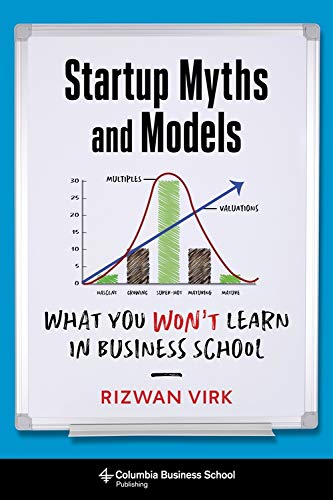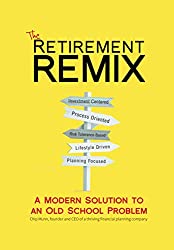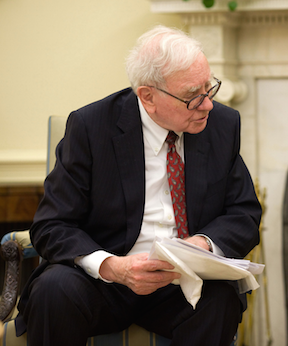by Fred Fuld III
Sometimes history repeats itself. Sometimes it pays to look at the past to get perspective about the present and the future. Sometimes it’s just fun and fascinating to read about what was going on in the investment market years ago.
Here is a list of stock market and Wall Street books written a long time ago, one of which is from the 1800’s. With the quarantine in place, you probably have a lot more reading time. Here is a refreshing change from the “get rich quick in the stock market” books.
Reminiscences of a Stock Operator – first published in 1923
by Edwin Lefevre
This is the classic book on investing, trading, market timing, and crowd psychology, just as true today as it was almost a century ago. It is based on the life of top notorious trader, Jesse Livermore.
My Adventures with Your Money – first published in 1911
by George Graham Rice
About a conman who make money off the early gold mining stock boom.
The PLUNGERS and the PEACOCKS. 150 years of Wall Street – published in 1967
by Dana L. Thomas
Written during the bull market of the 1960s, it provides an entertaining history of the stock market.
Den of Thieves – published in 1991
by James B. Stewart
The “newest” of these old books, it covers the insider trading scandals involving Ivan Boesky, Michael Milken, and other Wall Street financiers during the 1980s.
Storming The Magic Kingdom – published in 1987
by John Taylor
A must read book about the fight for control of one of America’s most famous companies.
Extraordinary Popular Delusions and the Madness of Crowds (1841) by Charles Mackay included as part of Stock Market Trivia Volume 2 (2014)
The Extraordinary Popular Delusions book was written in the mid-1800s. It has many chapters, but most are unrelated to investing, such as alchemy, witches, haunted houses, etc. However, three of the chapters have extensive and entertaining information about three of the largest investment bubbles in history: the Mississippi Scheme, the South Sea Bubble, and the Tulip Mania. These three chapters are included as the last half of the Stock Market Trivia Volume 2 book. (In interest of full disclosure, I wrote the Stock Market Trivia 2 book.) In addition, the trivia book includes such things as the chocolate chip cookie/stock market correlation, celebrity stock indices, weird stock certificates, and more.
Happy reading.
Article includes affiliate links




